Ecological Succession
Ecological succession is the process of change in the species structure of an ecological community over time. It refers to the gradual and predictable changes in the composition of the species in a given area, often following a disturbance such as a fire, landslide, or volcanic eruption. There are two main types of ecological succession: primary succession and secondary succession.
Primary Succession
Primary succession occurs in an area that has been completely devoid of vegetation and soil, such as on bare rock or sand. The process begins with the colonization of pioneer species, such as lichens and mosses, which can grow on bare rock and begin to break it down. Over time, these pioneer species help to create soil, which allows for the growth of more complex plants such as grasses, shrubs, and eventually trees. As the community becomes more complex, it can support a wider variety of organisms, leading to a mature and stable ecosystem.
Secondary Succession
Secondary succession occurs in an area that has been disturbed but still retains its soil, such as after a fire or clear-cutting. In this type of succession, the process begins with the regrowth of vegetation from remaining seeds and roots in the soil. Over time, the community undergoes similar changes as in primary succession, eventually leading to a mature and stable ecosystem.
Study Guide
- What is ecological succession?
- What are the two main types of ecological succession?
- Describe the process of primary succession.
- Describe the process of secondary succession.
- What are pioneer species and how do they contribute to succession?
- How does the process of succession lead to a mature and stable ecosystem?
[Ecological Succession] Related Worksheets and Study Guides:
.◂Science Worksheets and Study Guides Kindergarten. Our Earth
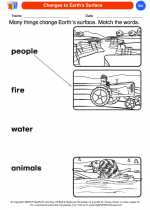
 Coloring Worksheet
Coloring Worksheet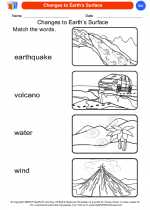
 Coloring Worksheet
Coloring Worksheet
 Coloring Worksheet
Coloring Worksheet
 Coloring Worksheet
Coloring Worksheet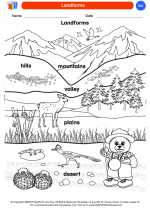
 Coloring Worksheet
Coloring Worksheet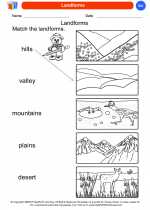
 Coloring Worksheet
Coloring Worksheet
 Coloring Worksheet
Coloring Worksheet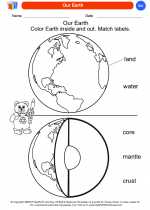
 Coloring Worksheet
Coloring Worksheet
 Coloring Worksheet
Coloring Worksheet
 Coloring Worksheet
Coloring Worksheet
 Coloring Worksheet
Coloring Worksheet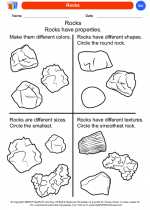
 Coloring Worksheet
Coloring Worksheet
 Coloring Worksheet
Coloring Worksheet
 Coloring Worksheet
Coloring Worksheet
 Coloring Worksheet
Coloring Worksheet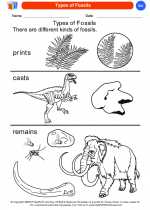
 Coloring Worksheet
Coloring Worksheet
 Coloring Worksheet
Coloring Worksheet
 Coloring Worksheet
Coloring Worksheet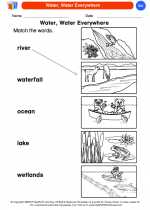
 Coloring Worksheet
Coloring Worksheet
